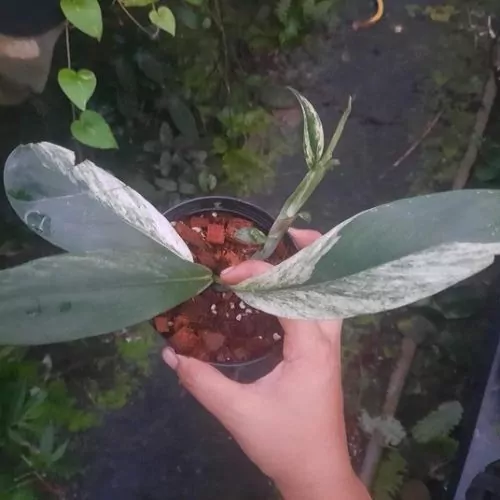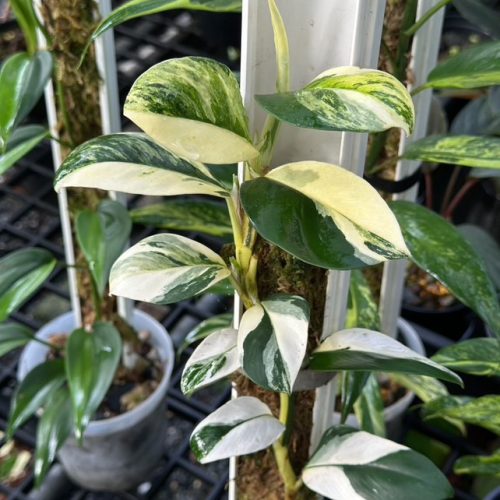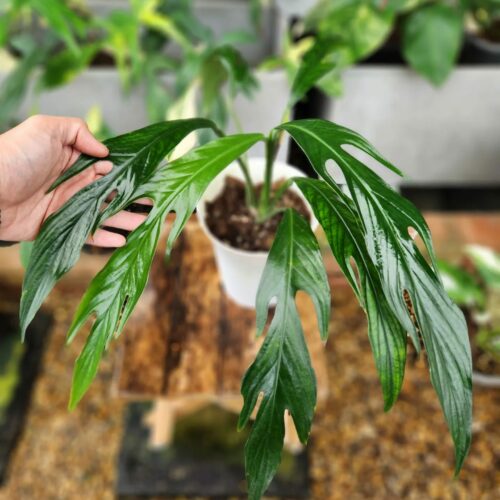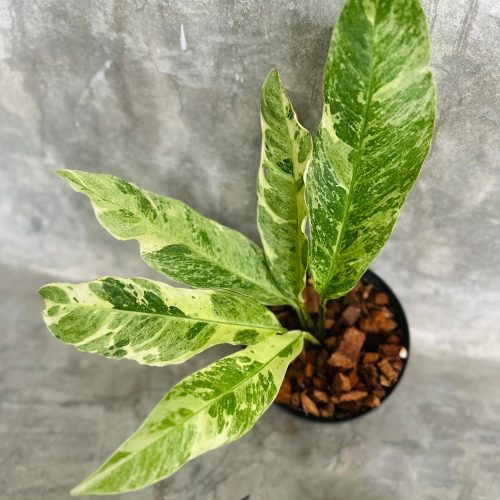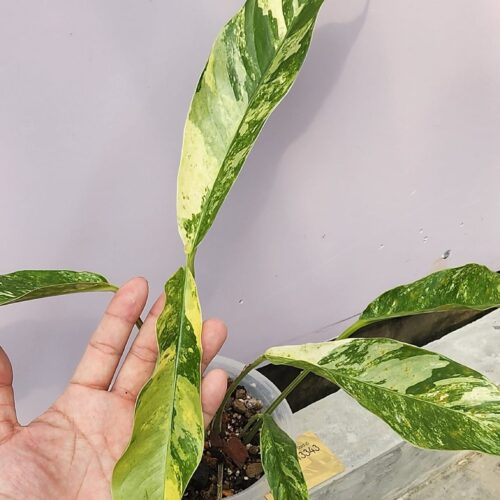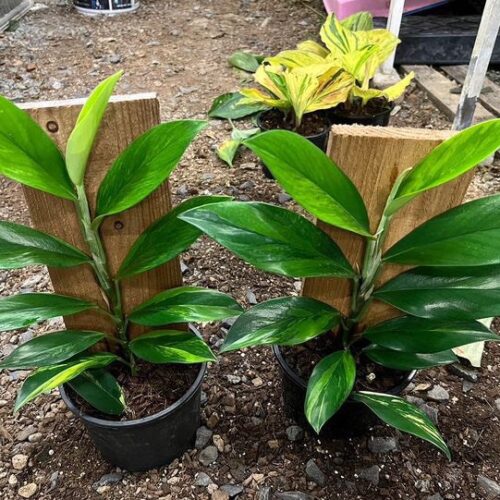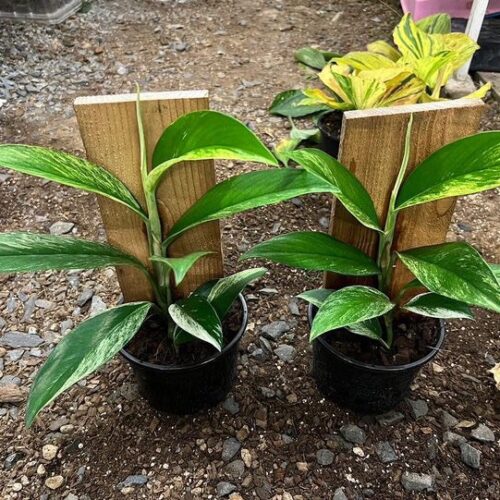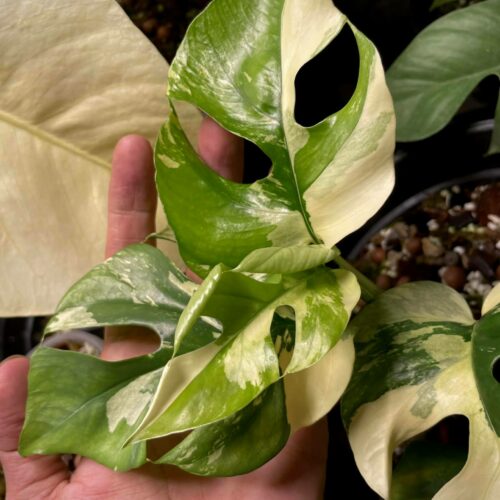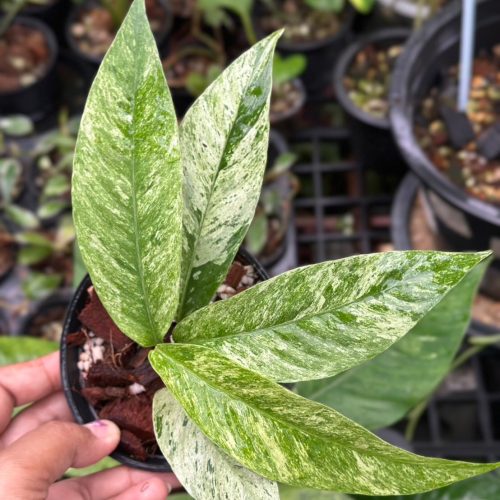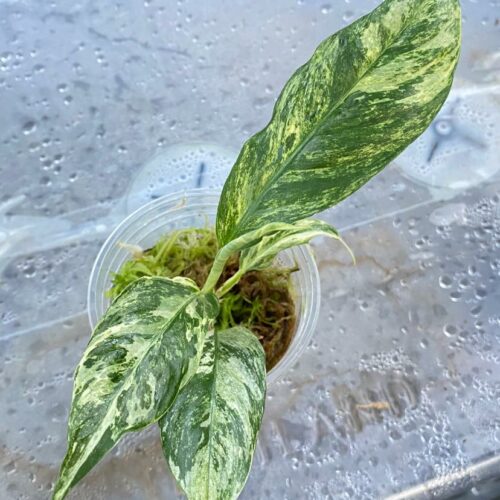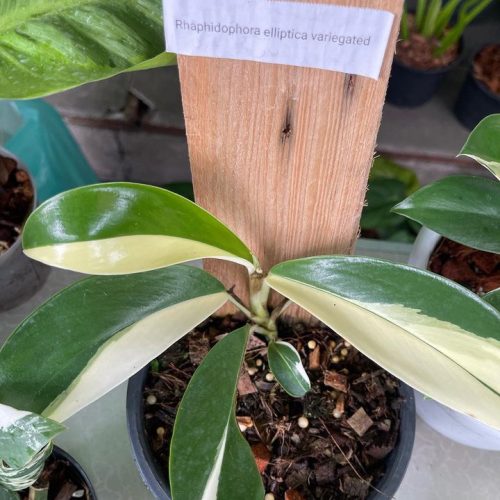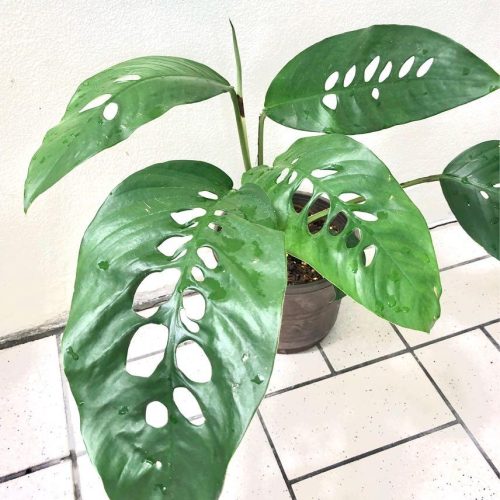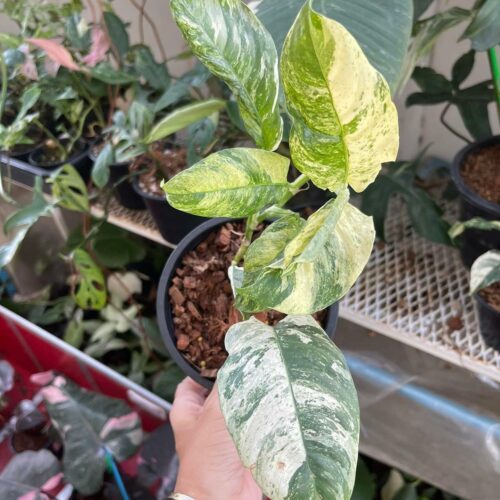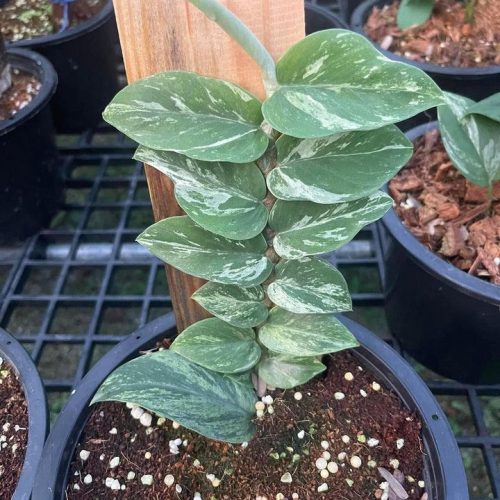The Rhaphidophora is a popular houseplant known for its vibrant green foliage and vining growth habit. However, it’s not uncommon for its leaves to turn yellow, which can be concerning for plant owners. This guide will explore the reasons behind yellowing leaves on your Rhaphidophora and provide solutions to keep your plant healthy.
Introduction
The Rhaphidophora is a member of the aroid plant family, which includes popular varieties like Philodendron, Monstera, and Anthurium. Native to the tropical regions of Southeast Asia, this plant is prized for its lush, green leaves and easy-care nature. Similar to Aglaonema and Epipremnum, the Rhaphidophora can bring a touch of the tropics to any indoor space.
Overwatering
What causes overwatering
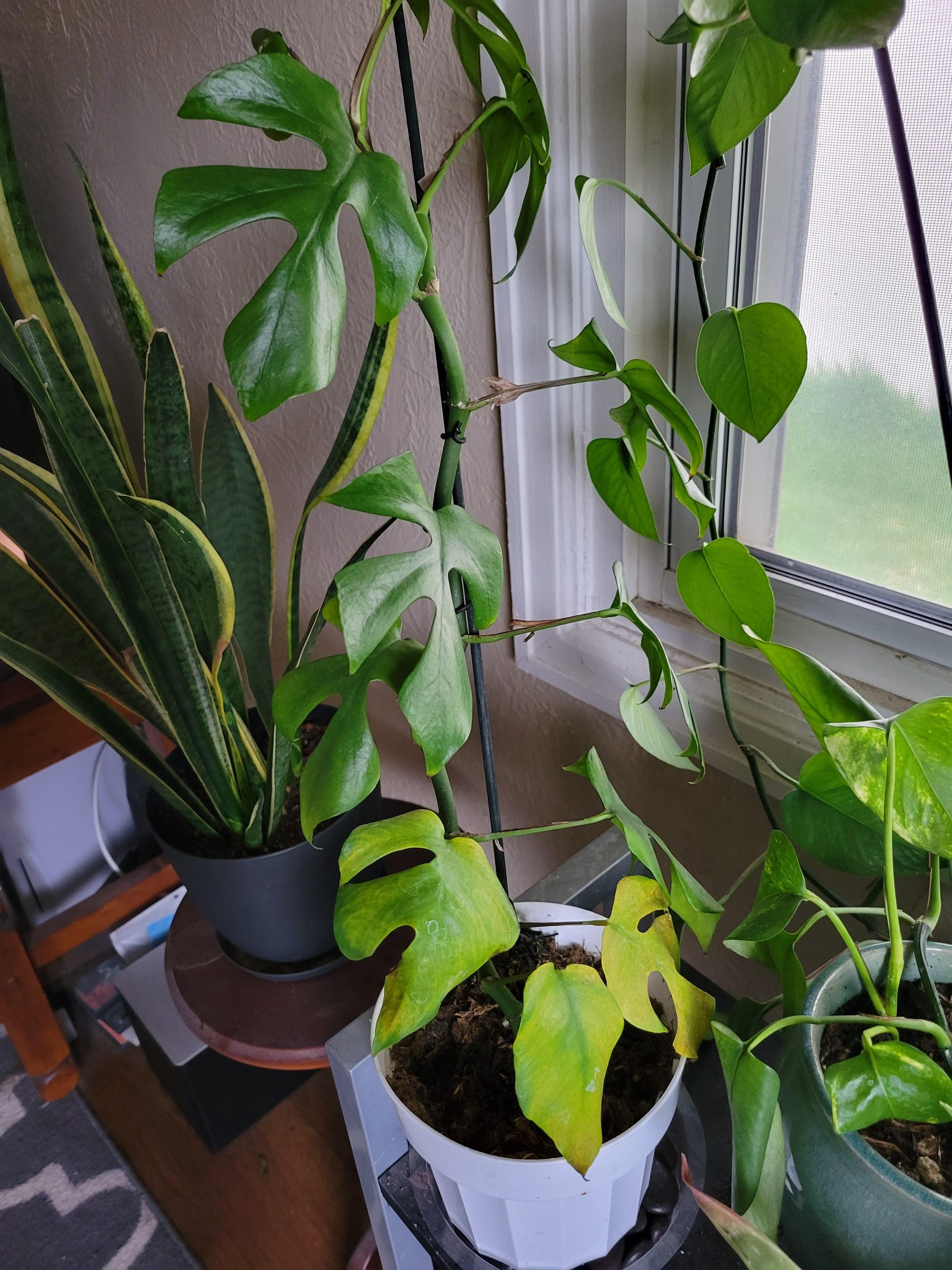
Overwatering is one of the most common causes of yellowing Rhaphidophora leaves. This happens when the plant is getting more water than it needs. There are a few things that can lead to overwatering:
- Watering too frequently – It’s easy to water these plants too often, especially if the soil always feels dry on top. But the roots may still be wet underneath.
- Heavy-handed watering – Pouring too much water at once, instead of gradual sips, can cause it to pool in the bottom of the pot.
- Dense or moisture-retentive soil – Soil that stays wet for a long time keeps the roots soaked.
- Pots without drainage holes – Without holes excess moisture has no way to escape, eventually saturating the soil.
Effects of overwatering
When overwatered for too long, Rhaphidophora leaves turn yellow and then brown. Other symptoms include:
- Drooping or wilting leaves
- Mushy stems and leaf stalks
- Rotting roots that look dark brown or black
- Slow growth
- Leaf drop
The saturated soil prevents roots from getting air. It also encourages fungal and bacterial growth. Both issues impede the plant’s ability to take up water and nutrients, causing the leaves to yellow from lack of nourishment.
Underwatering
What causes underwatering
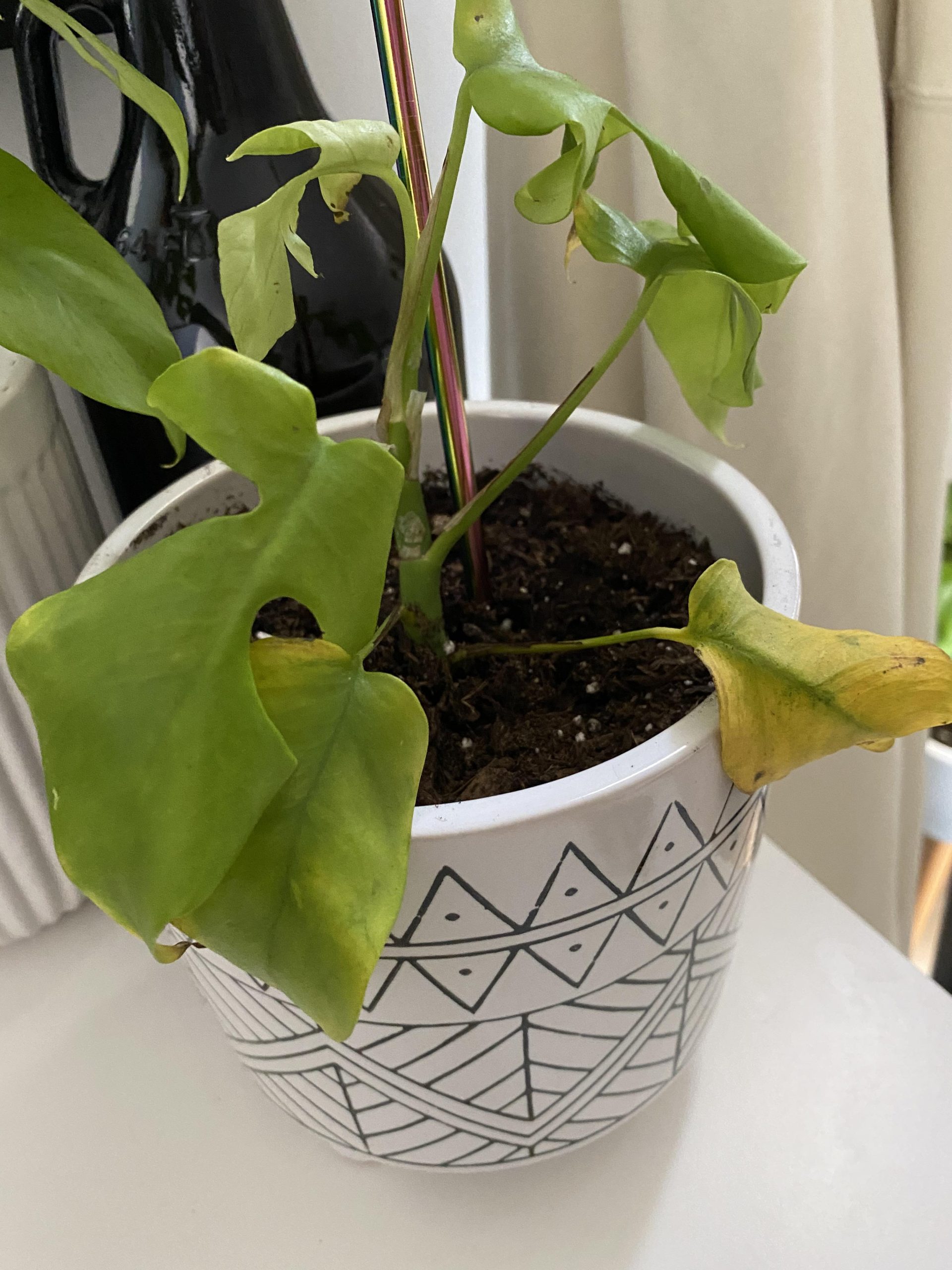
While overwatering is more common, leaving Rhaphidophora without enough water can also cause yellowing. Underwatering usually happens due to:
- Forgetting or neglecting to water
- Watering too infrequently for your environment
- Keeping plant in extremely warm or dry conditions
- Root bound plants whose roots cannot absorb enough moisture
- Soil that dries out very quickly
Effects of underwatering
When underwatered, Rhaphidophora leaves turn yellow first before shriveling up. Other symptoms are:
- Drooping, wrinkled leaves
- Brown crispy leaf edges
- Slow growth
- Leaf drop
- Leggy growth as plant stretches for moisture
Without enough moisture the plant cannot take up nutrients via the roots. Yellowing leaves occur because the lower leaves die off first from lack of water.
A compilation of the Rhaphidophora species that are in high demand in 2023
Improper Lighting
Effects of too much or too little light
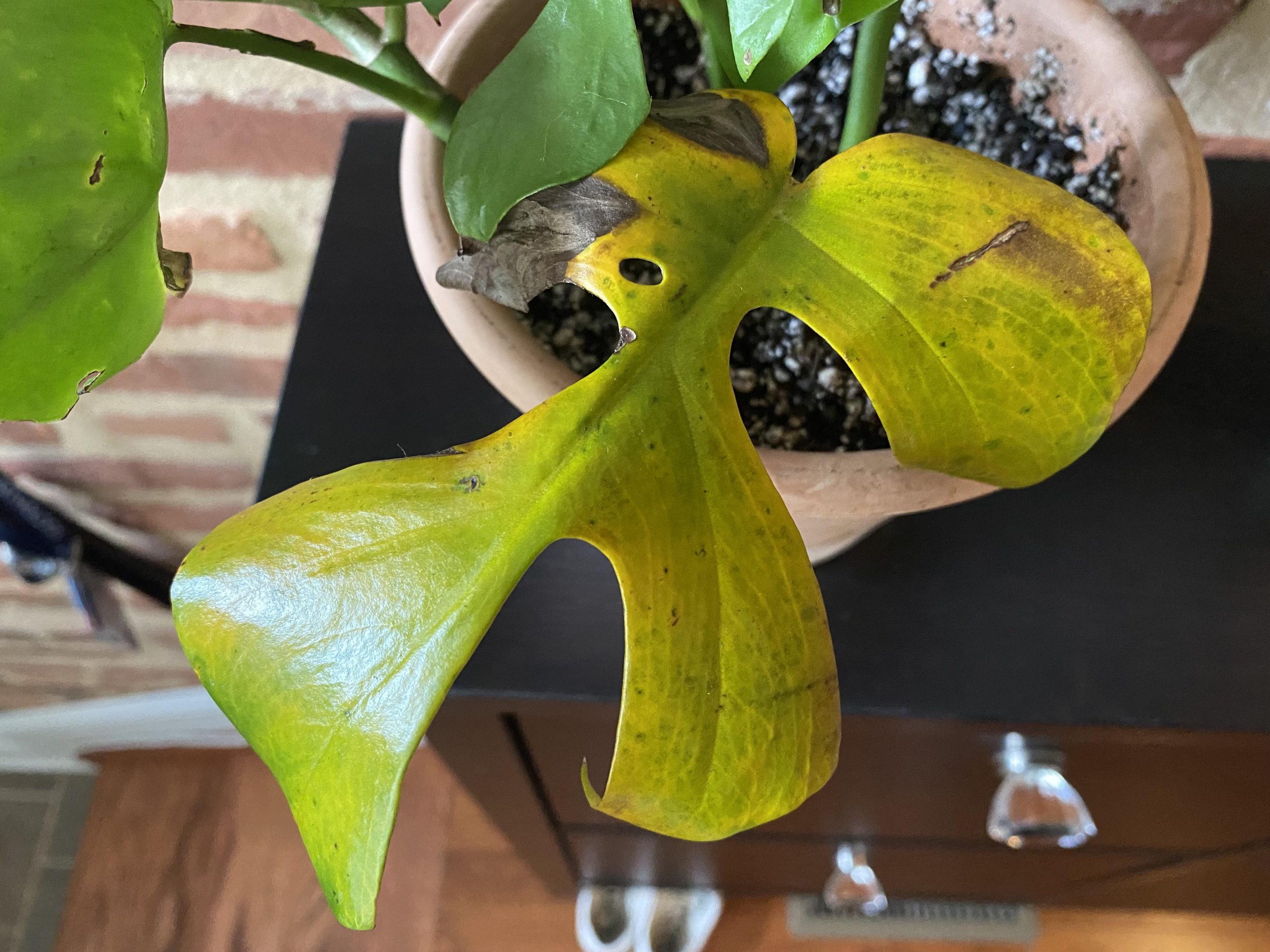
As a tropical plant, Rhaphidophora does best in bright, indirect light. Too much or too little sunlight can cause leaves to yellow.
With too much light:
- Leaves turn yellow or pale starting from spots near the center
- Leaf scorching – brown sunburnt spots on leaves
With too little light:
- Slow, leggy growth from plant stretching to find light
- Uniform yellowing of leaves due to chlorophyll deficiency
- Fewer leaves grow overall
If light conditions are poor for too long, older leaves yellow and drop off. The energy is diverted to newer top leaves that still have a chance at photosynthesis.
Finding the right lighting conditions
Rhaphidophora thrives with filtered sunlight for at least a few hours daily. Direct hot sun will scorch it. Low light spots lead to sparse, stretched out growth.
The best spots have bright ambient room light or dappled sun via a sheer curtain. Rotate gently every week or two so all sides get light. Monitor to make sure no leaf scorching occurs before moving to a shadier area.
Nutrient Deficiencies
Identifying deficiencies
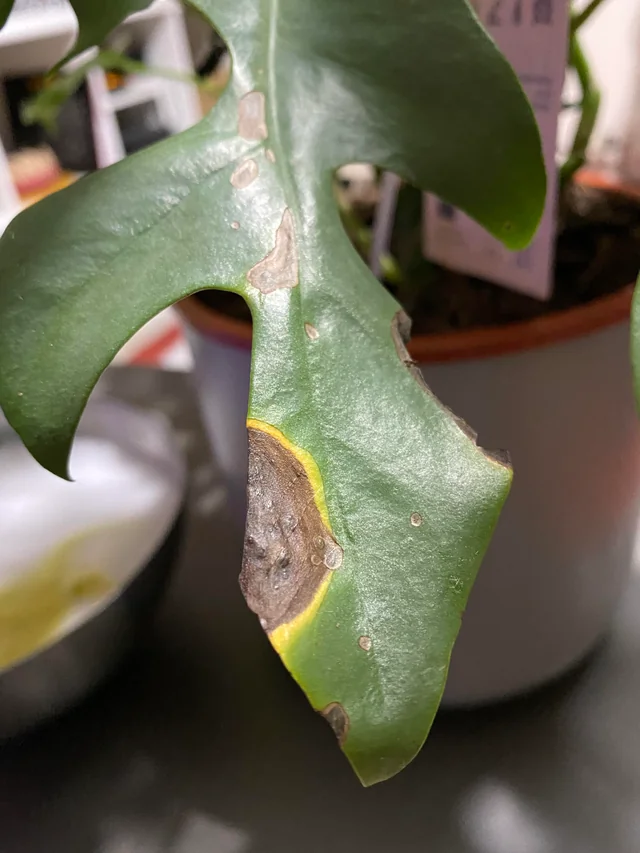
Without key nutrients, Rhaphidophora leaves can’t produce enough chlorophyll and begin turning yellow. Deficiencies usually happen when:
- Plant is potbound and has used up nutrients
- Growing in very poor quality soil
- pH levels are too high or low for proper absorption
Nitrogen deficiencies cause uniform yellowing on older leaves first. Lack of magnesium, sulfur, or iron turns leaves uniformly yellow or pale between veins.
Correcting deficiencies
Nutrient issues can be corrected by:
- Repotting in fresh, well-draining soil every 2 years
- Adding balanced liquid fertilizer diluted to half strength
- Adding slow release pellets to the soil
- Adjusting pH if too high (alkaline) or too low (acidic)
- Identifying and fixing root problems impairing uptake
Ideally use a well-balanced houseplant fertilizer to provide nitrogen, phosphorous, and potassium. When planted in suitable soil and pots, Rhaphidophora doesn’t need heavy feeding.
Root Rot Disease
How root rot happens

Unhealthy, dying roots are another cause of yellow Rhaphidophora leaves. Root rot is one of the most common root diseases. It is caused by overwatering or keeping the plant in heavy, moisture-retentive soil.
Fungi such as Phytophthora, Pythium, or Rhizoctonia thrive in damp conditions. They infect and damage the roots, eventually killing them. Plants with root rot don’t absorb nutrients efficiently.
Treating root rot
To fix root rot, several steps should be taken:
- Remove plant from pot and wash all soil from roots
- Trim off dead roots until only healthy white ones remain
- Spray roots thoroughly with hydrogen peroxide or fungicide
- Repot in fresh, sterile, well-draining soil
- Hold off watering till plant recovers to prevent reinfection
The key is allowing roots to fully dry out between waterings. Discard severely infected plants, or root rot may return despite treatment.
Rhaphidophora species are the most sought after by aroid plant lovers
Conclusion
Yellow leaves on your Rhaphidophora are generally a sign of stress and impaired nutrient absorption. This is usually caused by cultural issues like improper watering, lighting, or fertilizing. Diseased roots can also lead to yellowing. Address the underlying problem and the plant should perk back up again with lush green foliage.
FAQ
- Why are my Rhaphidophora leaves turning yellow?
- Yellowing leaves in Rhaphidophora plants can be caused by various factors. This FAQ will help you identify and address the common issues leading to this problem.
- Is overwatering the reason behind my Rhaphidophora’s yellow leaves?
- Overwatering is a common issue that can lead to yellowing leaves in Rhaphidophora plants. Learn how to properly water your plant to prevent this.
- What should I do if my Rhaphidophora leaves are turning yellow at the tips?
- Yellowing at the tips of Rhaphidophora leaves may indicate specific problems. Discover the potential causes and solutions for this issue.
- Could low humidity be causing my Rhaphidophora leaves to turn yellow?
- Rhaphidophora plants thrive in humid conditions, and low humidity can lead to yellowing leaves. Find out how to increase humidity levels for your plant.
- Are pests or diseases causing my Rhaphidophora’s leaves to turn yellow?
- Yellowing leaves can also be a sign of pests or diseases. This FAQ will help you identify and treat common pests and diseases affecting Rhaphidophora plants.

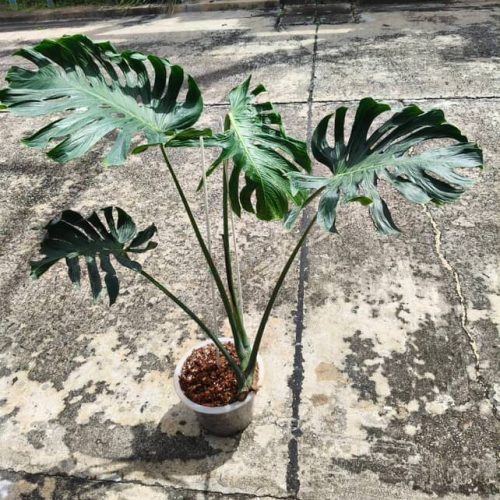
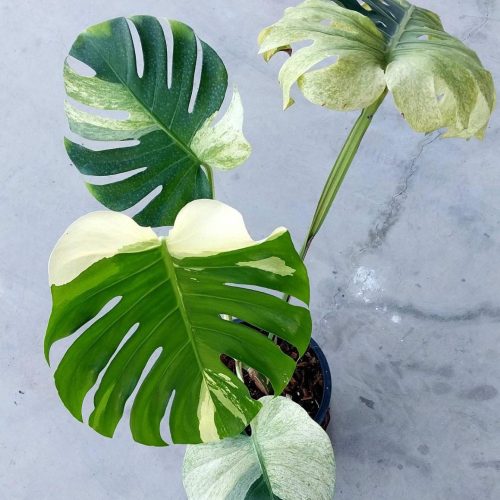



![12x Monstera Borsigiana Albo half leaves variegata [3-4 leaves]](https://greenboog.com/wp-content/uploads/2024/10/Monstera-Borsigiana-Albo-half-leaves-variegata-1-500x500.jpg)
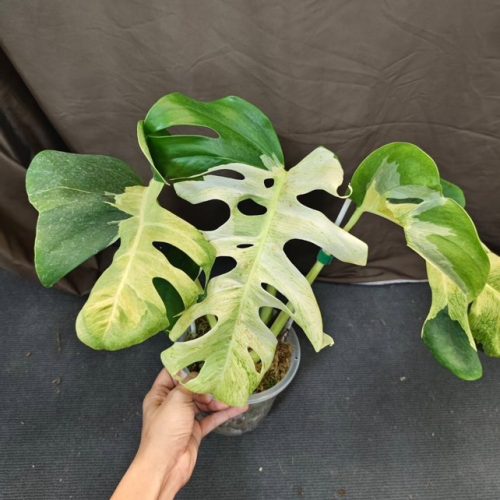

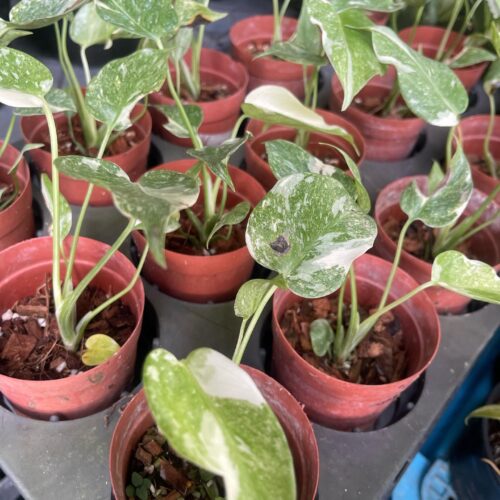
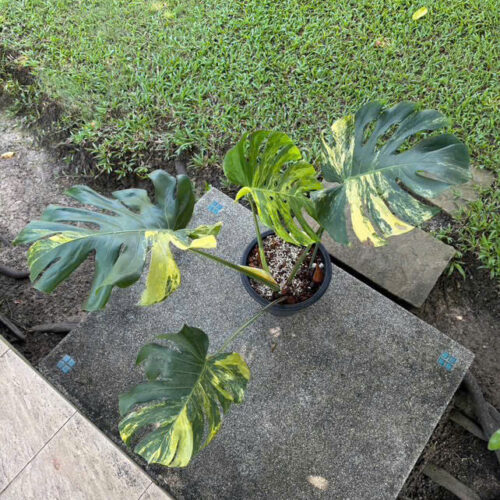
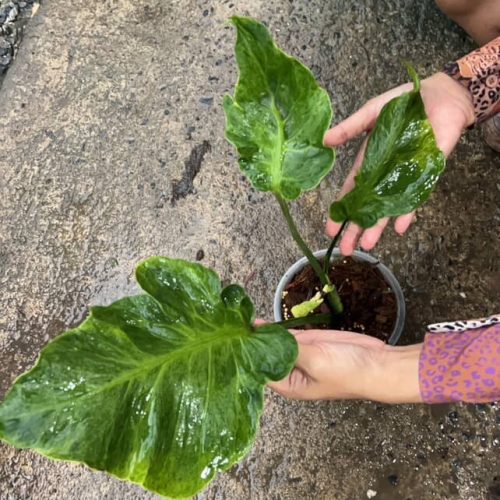
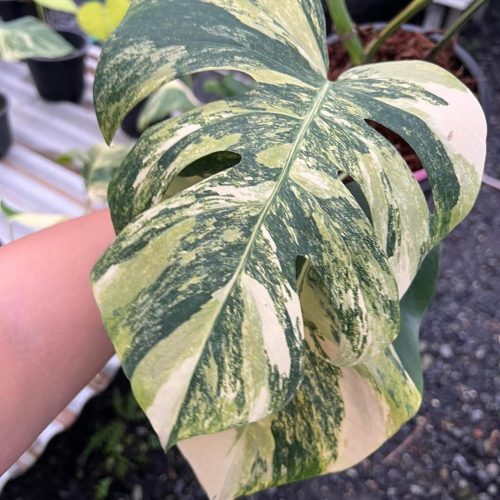

![10 Pots x Monstera Aurea Variegated / Mix Aurea tri color 3-4 leaves [well variegated]](https://greenboog.com/wp-content/uploads/2024/08/Monstera-Aurea-Tri-color-500x500.jpg)

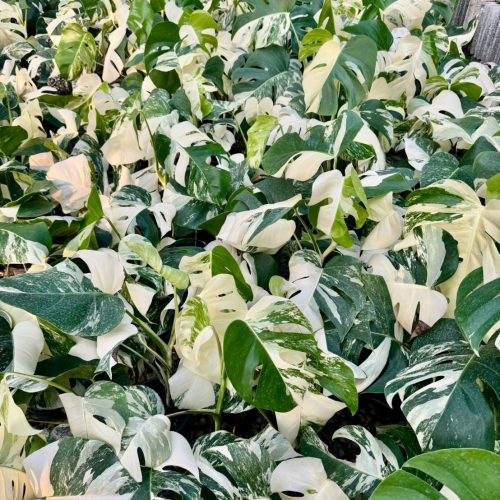
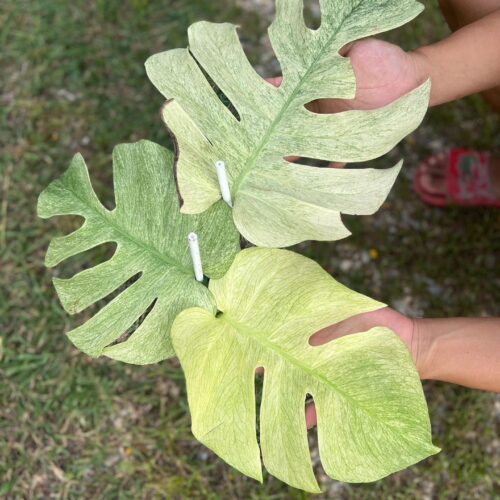
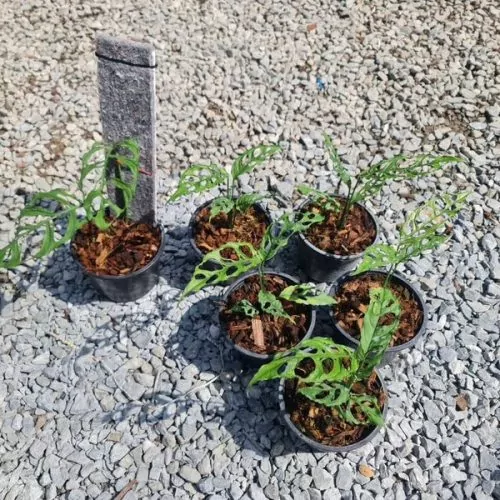
![[SALE] 10 Pots x Monstera Aurea Variegated 3-6 leaves [Medium size]](https://greenboog.com/wp-content/uploads/2025/01/Monstera-Aurea-variegated-4-6-leafs-500x482.jpg)

